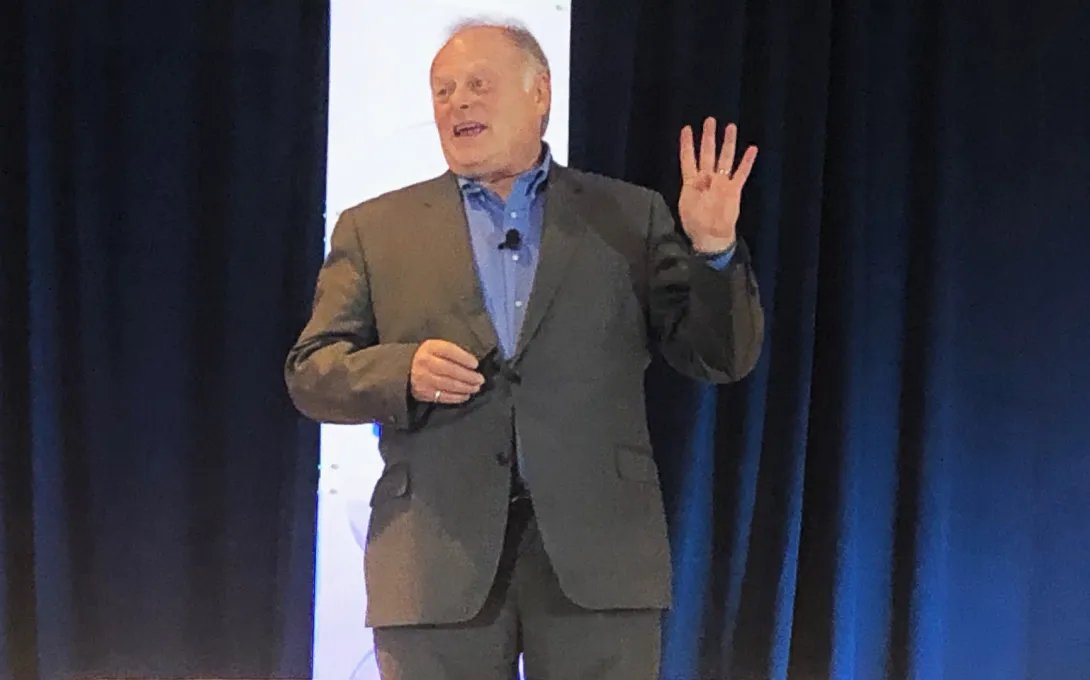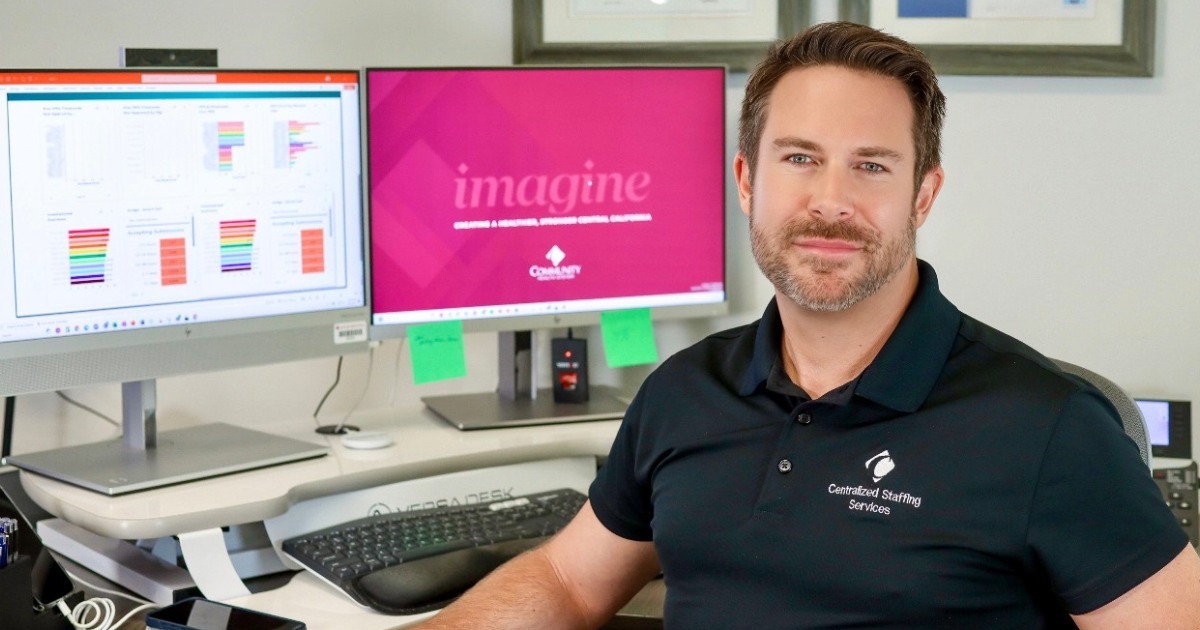
Professor Julia Riley is the clinical lead for Coordinate My Care (CMC), the pioneering clinical service that creates and implements urgent care plans in London. In addition to her role as clinical lead of CMC, she is also a Palliative Care Consultant, Royal Marsden & Royal Brompton Palliative Care Service and Visiting Professor, Palliative Medicine & End of Life Care in the Institute of Global Health Innovation at Imperial College, London. Professor Riley, who is editor of the European Journal of Palliative Care, discusses how information sharing is a critical component to end-of-life care.
Why are you so passionate about end-of-life care?
It’s very personal to me. My twin nephews were christened in April 2007, and the following day my sister-in-law was diagnosed with a malignant melanoma. She died in November, and I cannot describe the problems we had with coordination of her care. She was young, she had four children and she wanted to stay at home. The tumor had spread to her spinal cord and into her brain. She had the most excruciating headaches. She was on very large doses of opioids, and when we called out-of-hour services for help, they’d take one look at her doses and say, “No, we can’t prescribe these; you’ve got to go to hospital.”
And it didn’t matter how many times we contacted the hospice or the hospital or the GP, it was an ongoing battle to keep her at home.
Not long after, my chief executive said, “Julia, more and more patients are dying in the hospital, but data tell us that patients want to die at home. We’ve got to do something.” And so we set up a service, Coordinate My Care (CMC), and started discharging patients to their homes. They loved it, and the data showed that while more patients were dying in the places they chose, their care was costing less.
How does CMC use information sharing to enhance end-of-life care?
CMC is a clinical approach to care grounded in personalized, urgent-care plans developed with patients by their doctors and nurses. The plan details the patient’s diagnosis and treatment, contact information, their wishes and their escalation treatment plan. If patients cannot actively participate in planning – for example, if they have severe dementia – then, after discussions with family and caregivers, a doctor or nurse can create the patient’s plan.
As soon as a care plan is created, the computer sends a secure message to the GP and all emergency services, which allows nurses or paramedics to open the care plan if you call any of them at any time of the day or night.
Nothing else, to my knowledge, does all this in real time. Soon, we will integrate with the IT systems that the GPs use, so they will go directly from their system into CMC without having to log in twice.
Thus far, more than 25,000 urgent care plans have been created. Seventy-nine percent of CMC patients who have died, died in their places of choice. Only 17 percent died in the hospital, compared with the usual 59 percent of patients who die in the hospital in London. It is estimated that there’s been £23.3 million ($35 million) in cost savings for NHS.
What role does technology play in making this work?
The problem with the original service was that we would create the care plans in GP offices or patient homes, and have to come back to the hospital to fax them individually to all the emergency care services. And if the clinical picture changed, or the patient changed his or her mind, the whole laborious faxing process would have to begin again. A paper-based process is particularly inefficient for urgent care. So, in 2008 the NHS gave us support for our first-generation electronic care plans.
In November 2015, we went live with our second-generation system, developed by InterSystems and based on a very clear specification: continuation of all our outcomes, seamless 24/7 access to care plans, ease of use and interoperability. Increasingly, the care plans are created in the acute-care hospitals; a big blocker with the old system was lack of interoperability.
What’s next?
As I mentioned, interoperability – that is – sharing information in other care settings and with other care providers – was one of our goals with the new system. Fewer than four weeks after we launched the new system, we had our first NHS Foundation Trust hospital, Hillingdon Hospital, connected.
Before that, the hospital relied on emailed care plans, manually uploaded to the patient administration system. Now Hillingdon has an automated lookup and an alert on the patient record that indicates there is a CMC urgent-care plan on record.
The next phases for Coordinate My Care include increasing interoperability with other hospitals, as well as creating access for nursing and care homes and hospices. Eventually, patients will be able to access, create and edit specific parts of their own care plans from their own computer. They can start those discussions about their wishes and preferences at home with their families and caregivers.
The most important feature of the new system is that it lets doctors and nurses focus on their jobs. It is not easy to ask patients about their preferences if you are not comfortable talking about dying. If patients have done the preparatory work at home, discussions around dying and what they want, become easier.
Dying is not a medical event. Dying is a social event. It’s a spiritual event. It’s a family event.
Visit us at booth #4443
About InterSystems
InterSystems is a global leader in software for connected care, with headquarters in Cambridge, Massachusetts, and offices in 25 countries. InterSystems HealthShare® is a health informatics platform that enables strategic interoperability and analytics for action across a hospital network, community, region or nation. InterSystems’ products are used by thousands of hospitals and laboratories worldwide, including all of the top hospitals on the Honor Roll of America’s Best Hospitals as rated by U.S. News and World Report. For more information, visit InterSystems.com.


